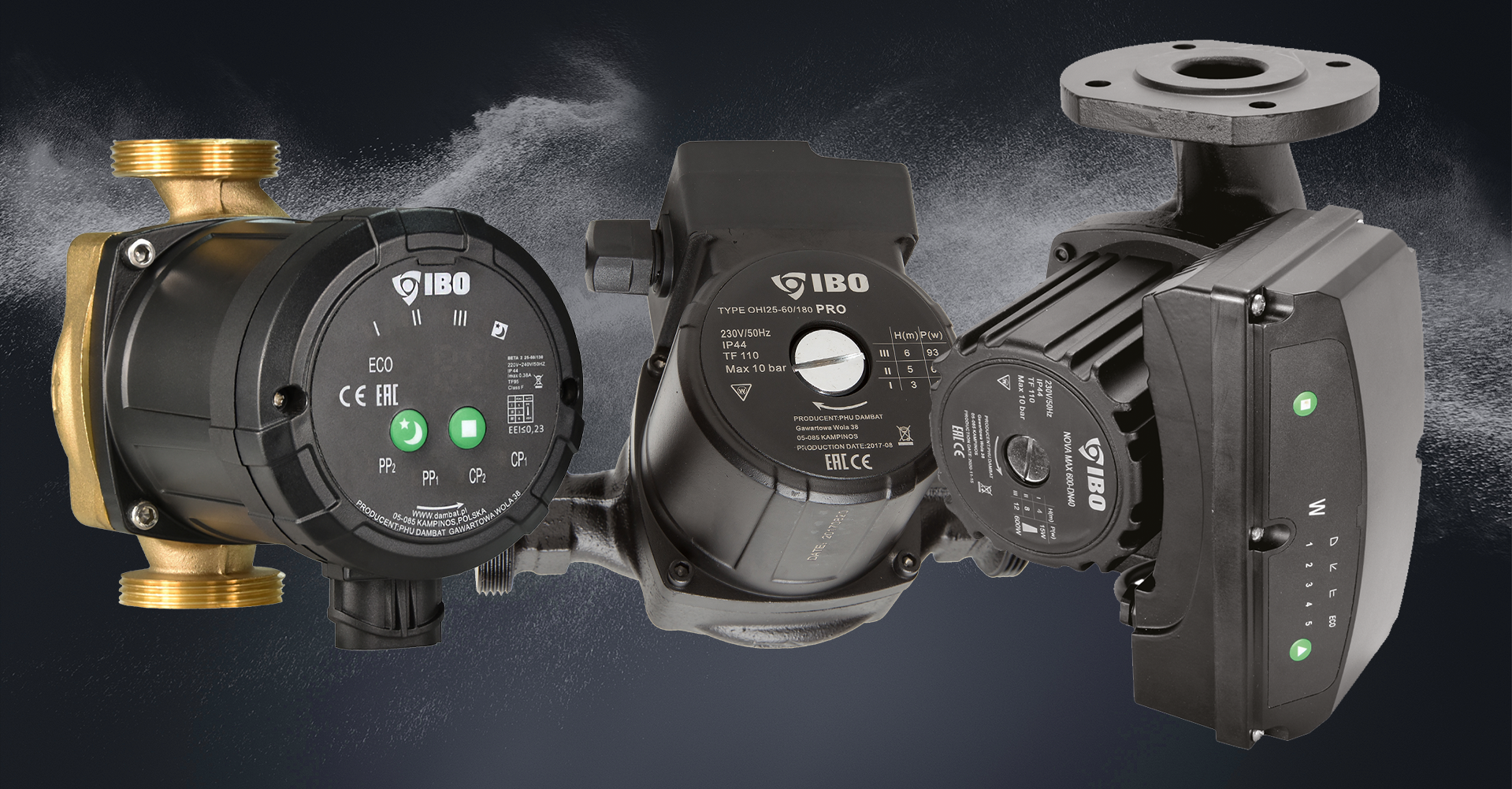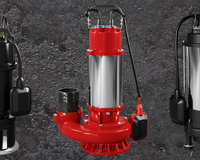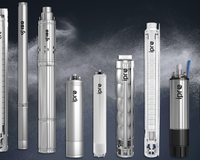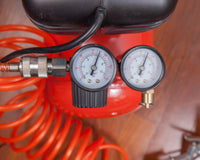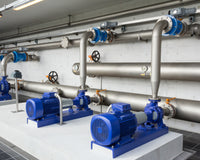Any, even the most modern design, can fail and start acting incorrectly. Problems related to broadly understood functioning concern, among others heating installations in which circulation pumps were used. It happens that disturbing symptoms are visible at first glance, thanks to which we can take quick preventive and repair actions. What symptoms are we talking about? What symptoms should be paid special attention to? What should worry us? And what are the most common causes of incorrect work of the circulation pump? We tell these and other questions in our article.
Disturbing symptoms - what to look for?
Incorrect work of the circulation pump may be associated with numerous symptoms. Our attention should be drawn primarily by unusual sound effects, such as noise -likeing noise with a hammer, the occurrence of which is usually associated with pressure jumps and mass inertia. A general increase in the level of noise caused by the circulation pump may also be disturbing.
Another symptom is strong heating circuit pump, and in particular its engine and insufficient cooling of the most important elements of the entire installation. Other disturbing symptoms include the general deterioration of the installation, greater power consumption, undergrowing of the rooms (especially if there is a negative temperature outside), switching off emergency pumps, as well as a comprehensive failure of the heating device.
Incorrect work of the circulation pump - the most common causes
There can be a lot. One of them is overheating caused by:
- too low or too high voltage,
- three -phase instability, instability,
- insulation resistance defects,
- high ambient temperature,
- no ventilation,
- excessive speed,
- too low or too high flows,
- increased friction in a mechanically damaged pump,
- high liquid viscosity or its high density.
It is also necessary to take into account the incorrect connection of individual pump elements, in particular its sensors. The most common causes of the failure also include: fracture or loosening of the rotor, placental damage or damage to the seal, damage to the drive and narrowing of the cross -section caused by corrosion or sealing agent.
Other reasons also include:
- damaged drive wheel, loose rings of the drive wheel: too strong timing belt tension, improper setting of the belt, rupture of the water pump bearing (placenta basket),
- coolant leakage caused by applying too much sealing agent,
- corrosion throughout the entire cooling system, and especially damage to the cylinder head gasket,
- serious damage to the pump elements such as the rotor or body,
- excessive leakage of coolant from the drain hole, caused by corrosion in the cooling system.

